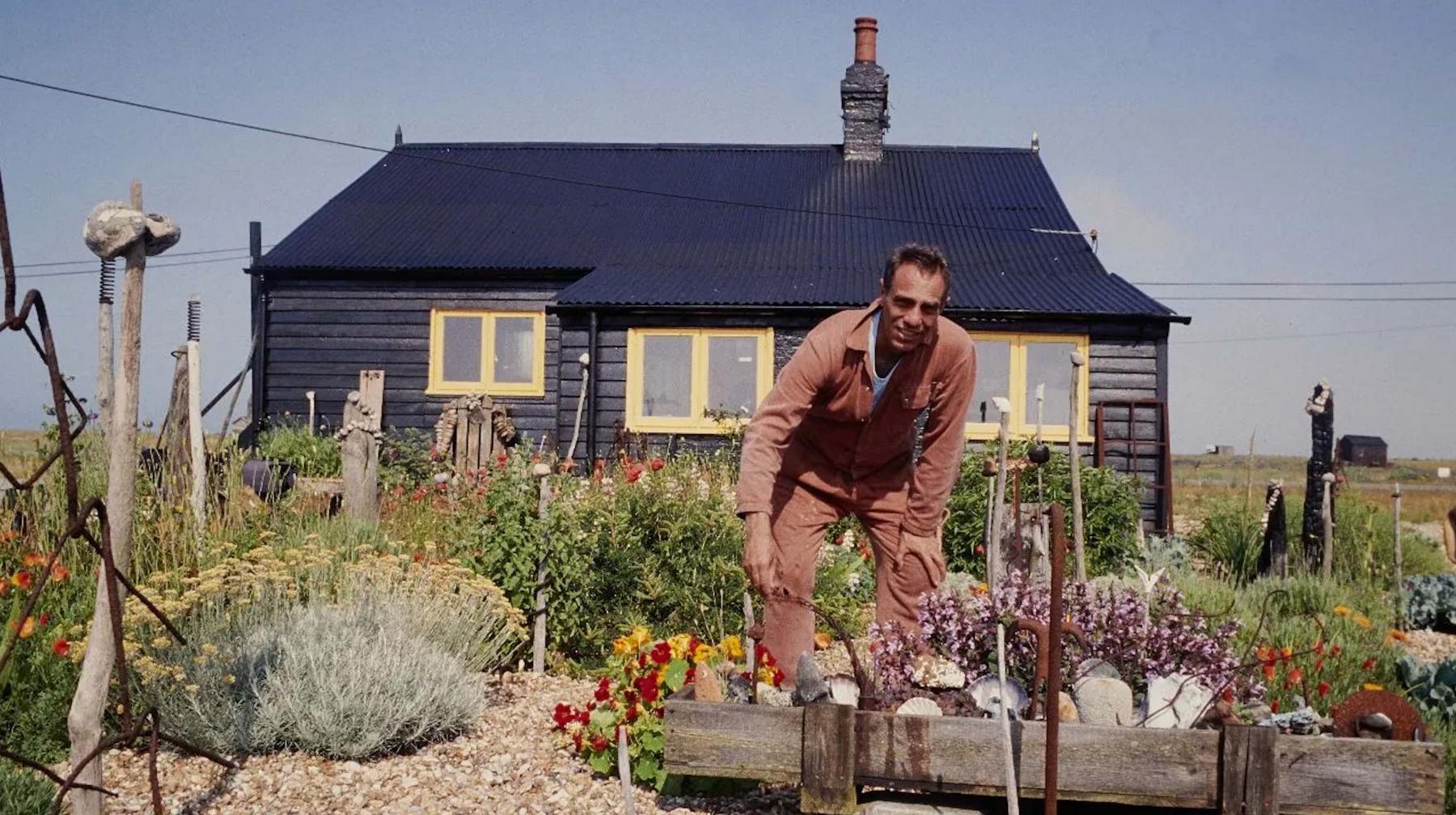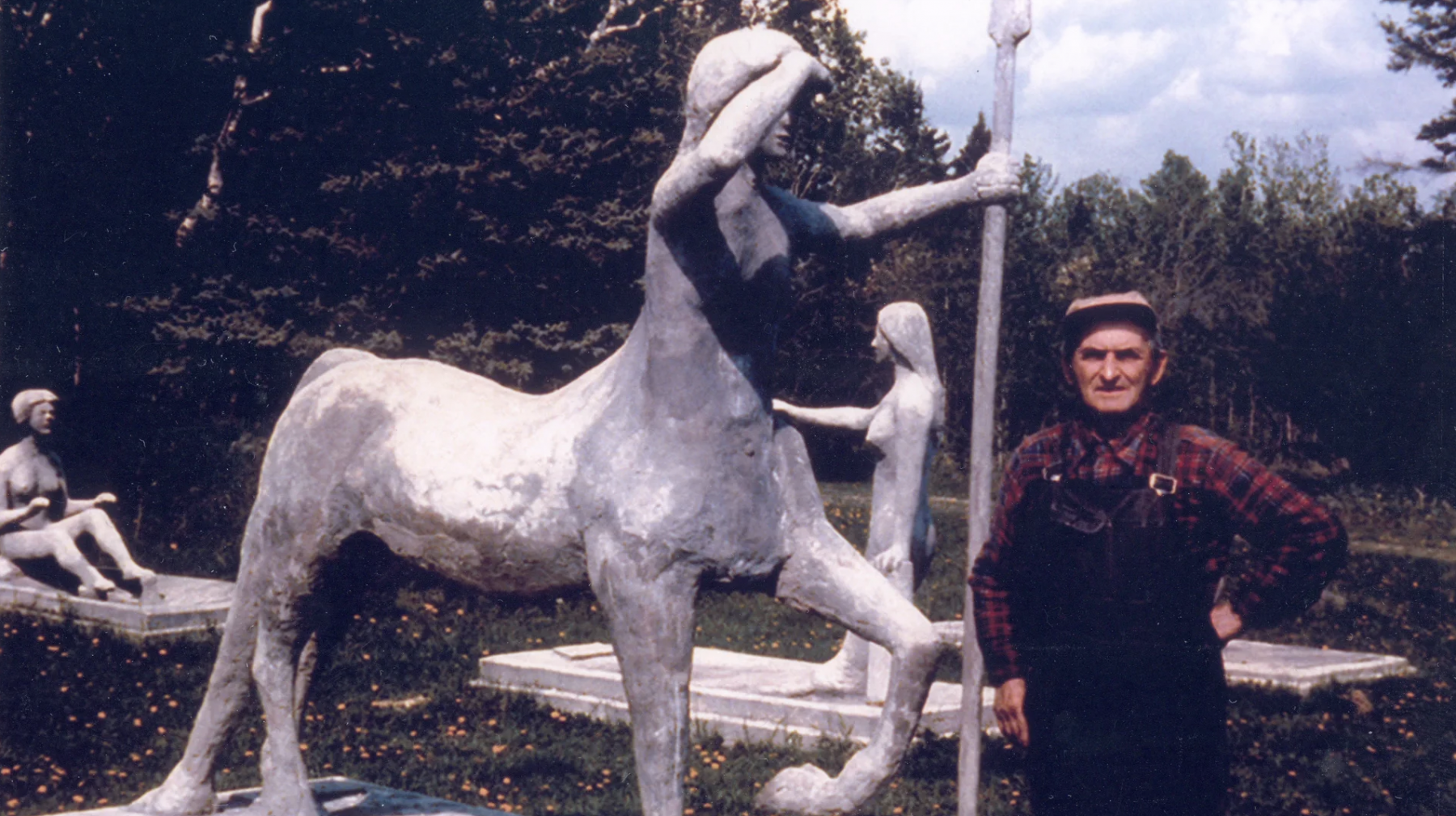Preservation has two meanings: keeping something of value intact, protected, and free from decay, or, alternatively, preparing food for future use by preventing spoiling. To preserve ideas, things, and places is to slow the passing of time to maintain their original state. Preserving food, however, is to transform it. For example, through fermentation, food can be preserved via a metabolic process that generates new products from sugars through the absence of oxygen and the introduction of microbes. Static or active: to embalm or to pickle.
The act of preserving spaces and objects is historically that of the embalmer, but, in a zymology of architecture, fermentation transforms them anew. In 2019, I worked in an architectural archive, where sketch models, material experiments, drawings, furniture prototypes, books, and artworks lined three floors of wood and acrylic vitrines: a wunderkammer of “waste products” of the architectural process. Inoperable windows and blinds were permanently drawn. I envisioned the contents of the archive fermenting, ideas and concepts transforming as people extracted new possibilities from the leftovers of architectural thinking.
The experience led me to question the way forms of preservation produce culture. Fermentation expert Sandor Katz describes “culture” as beginning “with cultivating the land, planting seeds, bringing intentionality to cycles that we act to perpetuate.”1 In the archive of architectural waste, among the goals of establishing this space was to continually inform the ever-growing office of over 40 years of thinking through making, learning from what’s already been done. Contemplating this cycle at different scales, in what follows, I wander through the parallel journeys of a domestic fermented food waste experiment alongside a series of site visits to museum-like spaces and stories. I align a series of overlaps between alternative forms of preservation through cohabitating, weathering and burying. Shifting from the embalmer to the zymologist, the archive becomes a ferment.
Cohabitating
I started bokashi composting after reading “Rotting as therapy for capitalism” on Dark Properties, an interview with writer and “compost artist” Cassie Marketos. They recommend bokashi composting for apartment dwellers looking to manage food waste in small spaces in their substack The Rot. It was a very practical choice. Bokashi is a system of anaerobic composting where all food waste (they claim “anything you can eat”) is compacted in a sealed bin and layered with bokashi bran (a mix of water, sugar, wheat bran and rice bran). This mixture, along with the food waste, is used to generate microbes like yeast, phototrophic bacteria, and lactic acid bacteria, that combine to create healthy soil. After about two weeks, the fermented leftovers are buried directly in a garden, planter, or layered into a compost pile, like a microbial pickled soup, attracting microorganisms and worms.
A successful ferment depends on the combination of diverse ingredients under controlled conditions. In 2019, I made a pilgrimage to Dungeness, UK to visit Derek Jarman’s garden at Prospect Cottage after picking up Modern Nature, a collaged diary written like a list of reminders describing events late in Jarman’s life through the act of gardening. The text constructs the effort behind the design of the garden in flux; islands of red and yellow poppies circled by metal debris and driftwood totems constantly being rearranged, set against the backdrop of a nuclear power station a few hundred metres away. From London, it takes one train, two buses and an arduous walk through rocky dunes to get to the cottage. It is an oversized clunky beach that “undulate[s] along the Ness like a dragon’s back,”2 with washed up fishing boats perched on the horizon, harsh terrain and more sunlight than “anywhere in Britain; this and the constant wind turn the shingle into a stony desert.”3 While writing Modern Nature, Jarman was simultaneously working on the film The Garden, with loved ones coming in and out of the cottage, visiting and building sets, costumes, taping, re-taping scenes, and gardening. Book, film, and garden cohabitate.
In contrast to the book and film, the physicality of the garden faces decay, but alternative sources have poured in to preserve it; Art Fund sourced £3.5 million of financial backing to maintain Prospect Cottage and the garden, including establishing a permanent residency program, and Thames & Hudson recently published a new book of interior photos taken by one of his neighbours, Gilbert McCarragher. There is a continued effort to protect the site as it transforms to accommodate new uses, from a personal place of respite towards a public-facing entity. For, as Jarman writes, “The winter has taken its toll: the fennel has died, and the camomile; several lavender have withered away. But for every plant lost, others have taken hold.”4 The site exists in a perpetual state of maintenance and regrowth, the work a constellation of perspectives, mediums and authors, becoming more alive through the ways they mutually create one another – a sourdough starter shared among friends.

Jarman tends plants at Prospect Cottage in Dungeness © Howard Sooley / Geraint Lewis. Via.
Weathering
Sandor Katz argues against the perception of bacteria as our enemies. In bokashi fermentation, lactobacillus is an essential ingredient to increase beneficial microbes. In the field of bioremediation, bacteria and fungi are introduced to clean up decontaminants in soils and water.5 Historic food preservatives like salt, sugar, alcohol, and vinegar have been replaced by sodium benzoate, calcium propionate, and potassium sorbate, killing off many beneficial bacteria and giving opportunistic pathogens room to explore.6 Architecture is built to ferment, raw materials withstanding the elements are not expected to remain the same over their lifespans. Rusting steel bleeding onto concrete, wood shakes freezing and thawing into new shapes. The labour of bacterial microorganisms in a ferment initiates change, like runoff from a roof staining drip patterns on stucco.
In the summer of 2023, I joined some friends to visit the Armand Lemiez Sculpture Garden in Steep Rock, Manitoba. At first we missed the turnoff because the sign was barely visible from the highway. The site is an overgrown farmer’s field with a gallery of concrete sculptures built by the Belgian-Canadian artist Armand Lemiez. They sit on plinths nearly equal in size and arranged in an uneven grid. The field looks like a cemetery for mermaids, whales, Adam and Eve. Each has a title, mildly humorous, somewhat dark: “My father and his girlfriend”, “Nixon and the police”, “My Wife” (he didn’t have a wife). Before his death in 1984, he asked the government to turn his land into a provincial park, however, it was determined that it had “no cultural value” and the works were left to degrade – a stark contrast to the conservation efforts at Prospect Cottage. Many pieces are crumbling apart, makeshift supports in steel and loose wires holding things together – in the space between two figures shaking hands lies nothing but a single connecting rebar.
As the meadow relapses, prairie grass, rain, worms and birds collectively level an entire body of work, slowly submerging fragments of stone and steel underground in a new arrangement. The transformation is quick, a site turned into ruins over the course of one generation.
Works like Mike Maryniuk’s film No Cultural Value take on a Piranesian role, preserving the site through a mix of documentation, investigation and storytelling. The eighteenth century engraver-architect and stone mason Giovanni Battista Piranesi illustrated Roman ruins depicting a combination of, as the poet, critic, and translator Susan Stewart put it, “the forms they were and the formlessness to which, in the absence of restoration, they are destined…The ruin and disintegration of bodies and forms are transferred to the plate, but not simply to memorialise or capture them. Piranesi makes ruin the ground of a prolific reproduction.”7
In No Cultural Value, Lemiez wonders, “what will happen to my paintings and my sculptures?” He continues, “I have nobody – no son, no family to take it over.”8 A consequence of weathering, the ruin as a site of reproduction questions inheritance as a genetic lottery; preservation can be cultivated.

No Cultural Value - The Artwork of Armand Lemiez, 2016. Directed by Mike Maryniuk. Via.
Burying
After about a month of accumulating food waste, my bokashi bin was filled with fermented scraps. One rainy afternoon I dragged it to a local community garden to sneak my waste into their compost bin. I removed a used medical face mask and old underwear from the pile, dumped my layers of pickled remnants and microbe-rich bran on top, and covered it up with soil from a nearby planter box. I closed the lid and moved on, hoping for life and not death.
Preservation by burying is a primordial as well as a non-human practice. Farmers in ancient Japan and Korea would bury food waste underground to safely break down pathogenic microbes before introducing it to their soil.9 In cold climates, fish caught in summer could be preserved for months, fermenting underground. Squirrels, woodpeckers and scrub jays hoard food for the future by burying it. In the Himalayas, greens and radishes are prepared in pits a metre in diameter and depth; in Poland, cabbage pickles in ditches.10
Worms move through the earth aerating soil, and as a byproduct of burrowing and breaking down nutrients, bring new soil to the surface and create a layer of vegetable mould, which eventually submerges entire objects underground. In 1881, Charles Darwin published the book The Formation of Vegetable Mould Through the Action of Worms, with Observations on their Habits, with a chapter on “The Part Which Worms Have Played in the Burial of Ancient Buildings.” Darwin studied a buried Roman villa on farm land at Abinger, Surrey that was discovered in autumn of 1876. His team excavated the remains of a layer of concrete, partly covered with tesserae, with full and partial walls delineating two or three rooms, fragments of pottery, coins of Roman emperors, along with a half-penny of George I, 1715. He concludes that it’s likely this piece of architecture was deserted 1400 or 1500 years prior, and, at the time of excavation, had sunk so the surface of the tiled floor reached about 13 inches underground.11
Worms are natural preservationists, archiving objects, walls and buildings as a consequence of bioturbation, removing the selection committee from the process. Value becomes a secondary concern to the action of sinking, burying, and fermenting as a byproduct – an archive made by accident, with no curator, no editorial angle but the coincidental passing of time.
Fermenting preserves things, places and ideologies that are deemed worthy of protecting—as well as those that are not. Cohabitation, weathering and burying are a few of many alternatives to the fear of decay. A ferment is speculative, projecting itself into the future– “preparing food for future use,” as opposed to idling defensive– ”keeping something of value intact;” which takes a destructive turn when sanctioned for the individual at the expense of the collective. The architectural zymologist is rather concerned about preventing spoiling by proliferating the archive as a site of co-creation and queer time.
I left my bokashi bin sealed and brewing for much longer than was recommended by my introductory pamphlet. I was worried I hadn’t cut the food into small enough chunks and thought it was better to give it more time to ferment. Truthfully, I was busy, and a bit nervous about sneaking my bin into the community garden successfully, so I put it off until I felt I could focus properly on the task. At the same time, I felt relief knowing that fermentation as a form of preservation is generative. With the environment I had created in the bokashi bin, the mixture would simmer until I was ready, and probably even improve over time – like the bride that ate her wedding cake after 55 years in storage, with three generations of family to share it with.